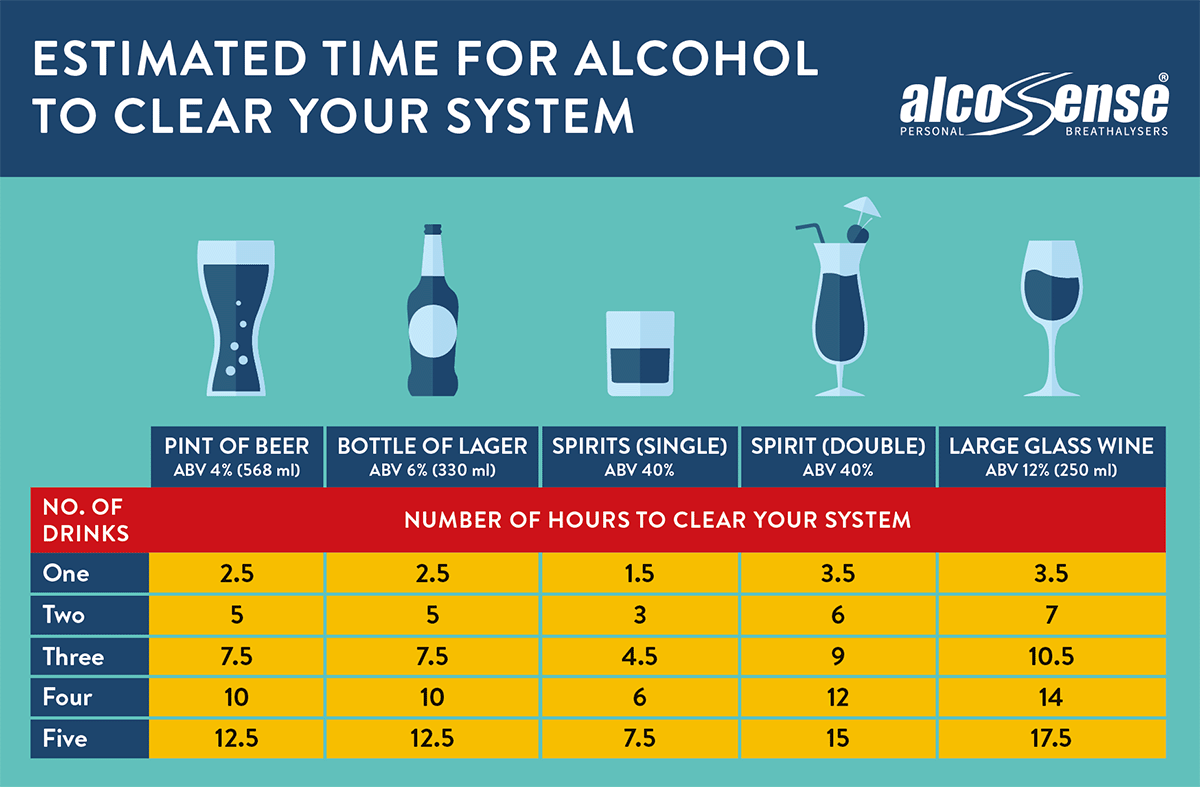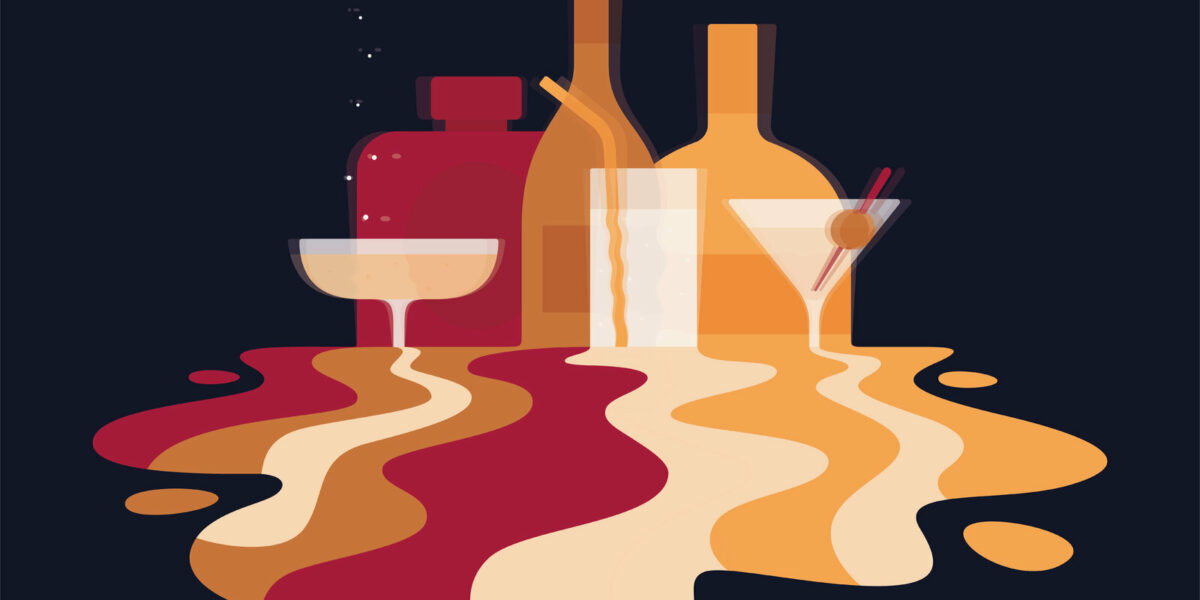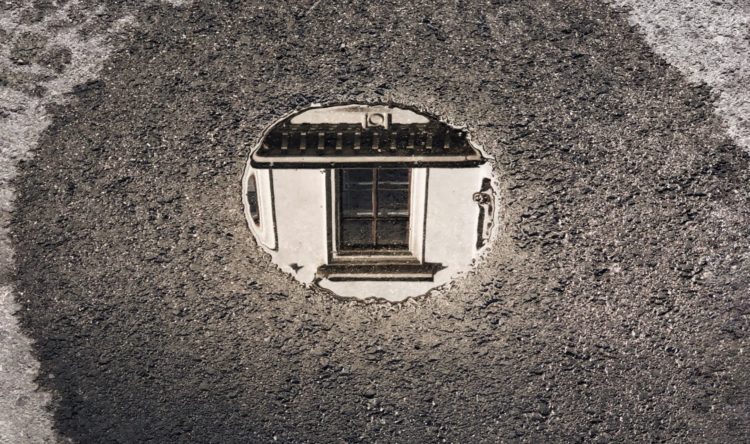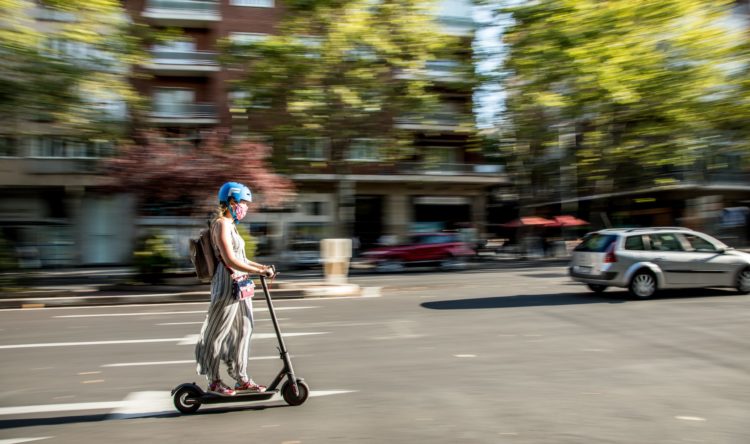The morning after
Lack of awareness about driving the morning after drinking
The recent official statistics on road casualties revealed that safety on our roads is not improving.
Many regard the situation as a plateauing over the last decade plus. Some believe things will only get worse without the reintroduction of government led targets and improved resources to address the underlying issues.
Drink driving continues to be a significant concern, despite decades of campaigns.
Unaware
Drug driving is often headlined as a significant problem, especially when it comes to younger drivers. But another area if area concern is the drink drive stats that reveal that for drivers under 35 years old. It seems it is less of a taboo than it is for the older generations, for which the anti drink drive campaigns had such a dramatic effect.
However, most people have no idea how long it takes for alcohol to leave their system after a night out. They are ignorant of when it is legally safe for them to drive again.
A new study has suggested it’s a growing problem. The concern is that people are going out onto the roads still over the drink-drive limit the next morning.
Power of knowledge
The survey, conducted by Uswitch, revealed that only one in five (20.4%) people are aware of the time it takes for booze to leave their system.
It’s led to warnings to young people in particular as they head back university. They are most likely to enjoy nights out and potentially drive the next day. It is a same as the prospect of the Christmas party season also looms on the horizon.
It could mean people finding themselves getting pulled over the next morning, unaware they are still over the limit. More seriously, it could also potentially put other road users in danger. Ad with fewer traffic officers on the road, the deterrent effects when it comes to care over drink driving are often lost on newer, younger drivers.
Distilling information
Experts say it takes roughly an hour for every standard drink to leave your system. So, for example, if someone had eight drinks on a night out, they could still have alcohol in their system eight hours later.
Tips to ensure you are safe to drive the morning after a night out include buying a home breathalyser kit, such as those produced by Alcosense.
But we also need to ensure that drivers are fully aware of the dangers of the effects alcohol has on driving ability, and how long its remains in the system so thy can safely plan ahead. If you are unsure, don’t take the risk.

Fresh faced and care free
Leoni Moninski Uswitch temporary car insurance expert Leoni Moninska said: “University is one of the most exciting periods in anyone’s life, but moving away comes with lots of challenges, especially for first-year students. Adding driving in a new city into that mix can often be stressful, so there are a few things to consider for anyone thinking about taking their car to university.
“Driving with alcohol still in your system after a night out is never a good idea – it’s always best to wait until you’re feeling fully sober, and the only way to know for sure is to invest in a home breathalyser kit.
“Public transport in the majority of university towns and cities is often reliable and reasonably priced, whereas student car insurance is typically higher than normal.”
In the end, what is key is that new and younger drivers are fully aware of the limits. They need to understand the dangers, not just losing their licence, but the very real damage it can cause to themselves and any other road user. Alcohol impairs the ability to think and reason clearly, as well undertake tasks. Young and old drivers need to think ahead and understand that a few hours sleep does not necessarily mean you are sober.






